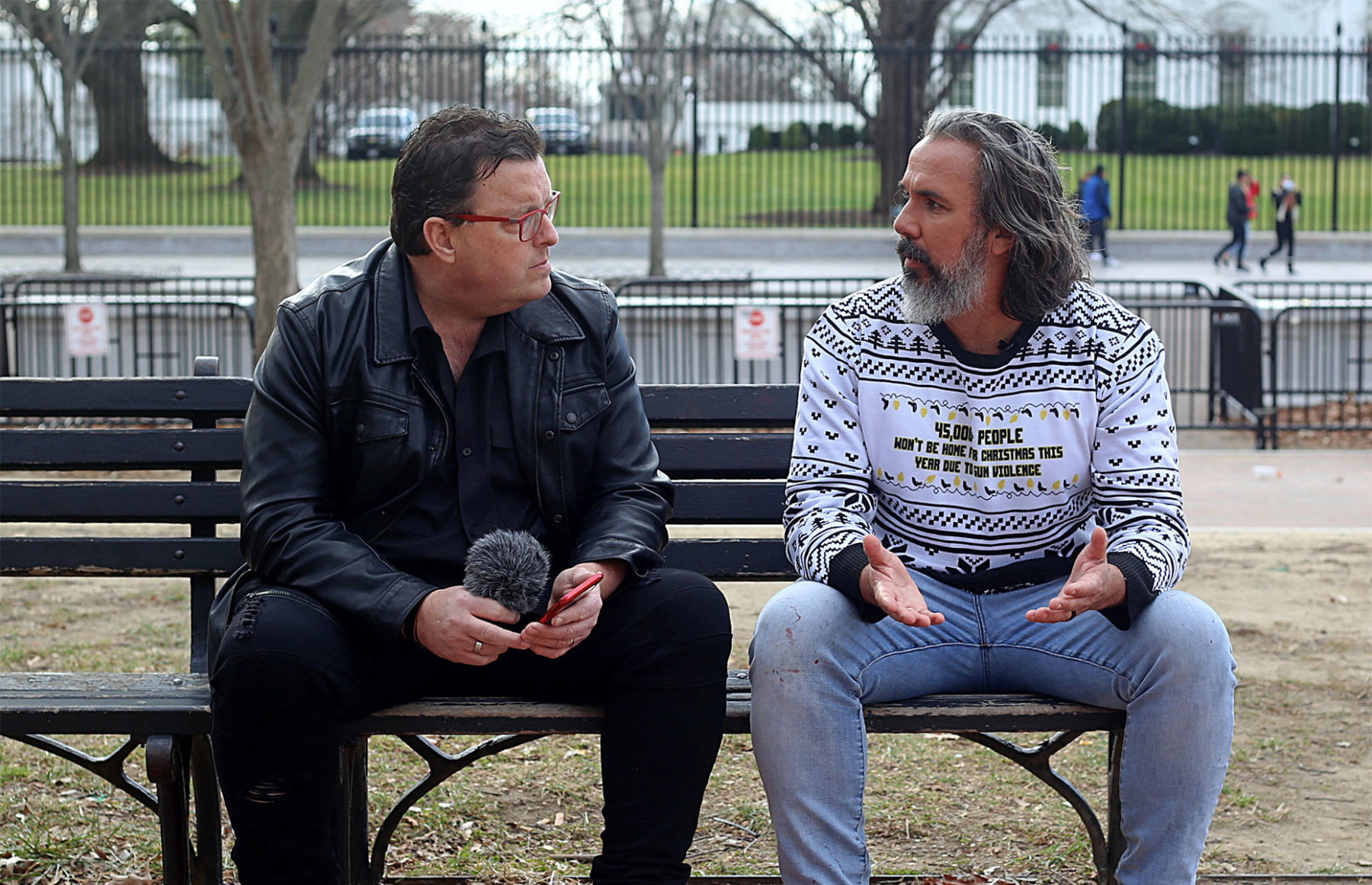By Sarah Dawn Petrin
When you see images of people fleeing Ukraine, you may wonder, how can I help? Watching a war over television and social media can make you feel helpless, like there’s nothing you can do.
But there is always something you can do. You can make a difference. There are many ways to help. One simple thing you can do is learn about the problem. See the section below on why this conflict is happening and follow the organizations responding to the crisis on social media.
Donating cash to organizations operating in Ukraine and neighboring countries is one of the quickest, most efficient ways to help. There is no need to send gifts or other items. People on the ground need access to information and assistance that is readily available where they are seeking refuge.
Every crisis response includes international agencies that coordinate assistance with local partners on the ground. Big organizations like United Nations agencies and international nongovernmental organizations (NGOs) work in cooperation with these local partners to expand their reach to access more people in need. By supporting any one of the agencies mentioned here, you are taking action to help.
Why did this happen?
The conflict between Ukraine and Russia is about whether the country maintains its independence as a free democracy. The Ukraine Ministry of Foreign Affairs has set up this site which gives an overview on why Russia has invaded the country.
Ukraine declared independence from the Soviet Union in 1991 but has struggled with competing demands on whether to maintain ties to Russia or to align itself more closely with the European Union (EU). The Maidan revolution of 2014 was a democratic uprising in favor of strengthening economic ties with Europe. Russia retaliated by annexing Crimea in the south and confiscating the Eastern Territories of Donetsk and Luhansk, also known as the Donbas region.
Since the conflict began in 2014, democracy activists have stayed engaged in efforts to reform the government. Find out more by supporting Razom for Ukraine.
When Russia threatened to attack Ukraine, it was largely anticipated that military forces would move deeper into the eastern territories. The move to attack Kyiv, the capital city in the north, and to confiscate the port city of Mariupol in the south, was a bold move to take control of the entire country.
The Institute for the Study of War is tracking the movement of Russian forces into Ukrainian territory. Their daily analysis includes credible information about what Russia could do next and how it will affect the population.
What do people need? Safe evacuations
People in Ukraine need a safe way to leave areas under attack. The further Russian forces move into populated cities, the more they restrict the freedom of movement of civilians and reduce their access to basic needs like food, water, and shelter.
There are organizations working to establish corridors for the safe exit of civilians. These humanitarian corridors are established by negotiating with armed forces to ensure they will not target people trying to flee the area. This involves local ceasefire arrangements which are difficult to secure during offensive military operations.
Reports of attacks against civilians trying to flee the suburbs of Kyiv and the port city of Mariupol indicate that the window is closing for people to leave. Conducting evacuations from areas contested by Russia will not be easy. Ukraine authorities have asked NATO to enforce a no-fly zone to prevent further attacks, but NATO has declined because allied nations don’t want to be drawn into the conflict, which could lead to an expansion of the war.
Who can get people to safety?
Organizations like the Center for Civilians in Conflict (CIVIC) have worked with the Government of Ukraine to strengthen its capacity to protect civilians since 2017. They do this by developing plans and trainings so that officials maximize efforts to keep people safe in times like this. You can donate to CIVIC here.
The International Committee of the Red Cross (ICRC) has a mandate from the Geneva Conventions to negotiate with armed forces for the protection of civilians. This includes reminding parties to the conflict about the laws of war, which prohibit attacks on civilians and civilian infrastructure such as schools and hospitals. The ICRC in Ukraine has offered to establish corridors to evacuate civilians, but it needs assurances from Russian forces that it can do so safely.
The International Federation of the Red Cross (IFRC) also works with national societies including the American Red Cross and Ukraine Red Cross to offer assistance and support to people affected by the crisis. These assistance efforts depending on the ability of humanitarian teams to access people in need.
Where are people going?
People who can leave besieged areas are largely going to the west of Ukraine, which has not seen any major offensive operations to date. The city of Lviv is receiving many people moving onward to Poland. The organization Right to Protection (R2P) is a credible local agency working with the Hebrew Immigrant Aid Society (HIAS) to support those displaced. You can donate to the HIAS partnership with R2P here.
The United Nations High Commissioner for Refugees (UNHCR) reports that more than 1.5 million people have fled Ukraine so far. The majority of those displaced are women and children, as men between the ages of 18-60 have been asked to fight. The separation of families creates economic and social hardship for refugees.
In Poland, refugees are arriving in Medyka, where they are received by volunteers and organizations like Polish Humanitarian Action, which is providing support to new arrivals. You can donate to Polish Humanitarian Action here.
Whether you decide to stay informed about the crisis, follow agencies involved in the response, or donate to organizations working on the ground, the people of Ukraine will benefit from your acts of solidarity.
Stay engaged by volunteering with organizations in your community that support refugees. Check out the One Journey network which brings refugees together with people across cultures. Organizations in your community need volunteers, donors, and committed board members to help them carry out their work. Your compassion for Ukraine can lead to sustained engagement that will benefit all of humanity.
About the Author
 Sarah Dawn Petrin is an author and humanitarian with 20 years of experience working in conflict zones, including in Ukraine. She is a Senior Advisor for Partnerships at the Truman Center for National Policy and a Nonresident Senior Fellow with the Atlantic Council’s Transatlantic Security Initiative in the Scowcroft Center for Strategy and Security. She is a former advisor to the U.S. military and NATO on the Protection of Civilians. She has worked in more than 20 countries in Africa, Asia, Eastern Europe, and the Middle East. She is the author of the book Bring Rain: Helping Humanity in Crisis.
Sarah Dawn Petrin is an author and humanitarian with 20 years of experience working in conflict zones, including in Ukraine. She is a Senior Advisor for Partnerships at the Truman Center for National Policy and a Nonresident Senior Fellow with the Atlantic Council’s Transatlantic Security Initiative in the Scowcroft Center for Strategy and Security. She is a former advisor to the U.S. military and NATO on the Protection of Civilians. She has worked in more than 20 countries in Africa, Asia, Eastern Europe, and the Middle East. She is the author of the book Bring Rain: Helping Humanity in Crisis.







